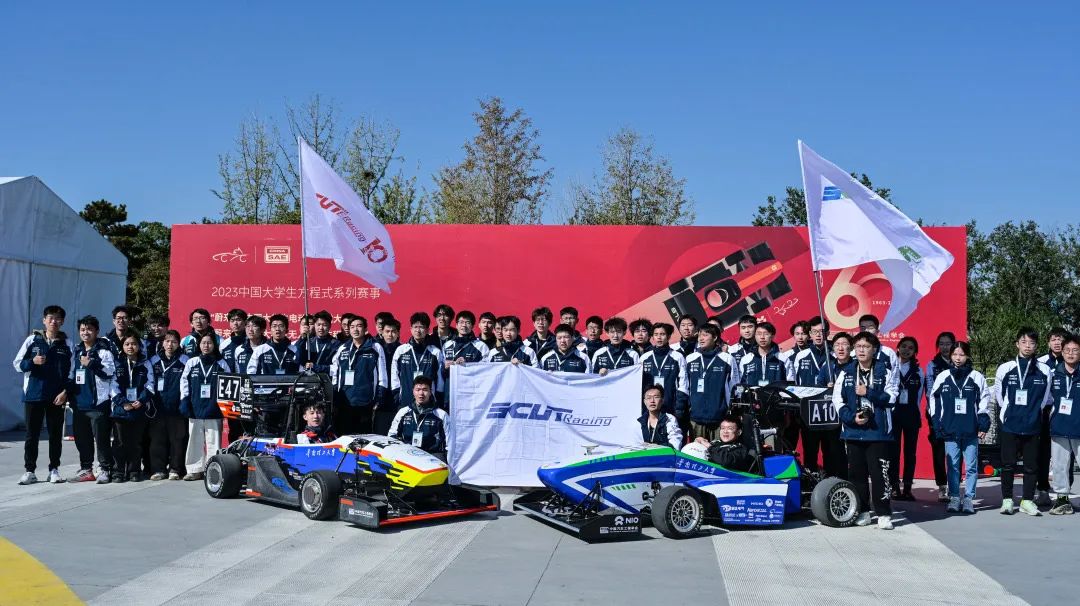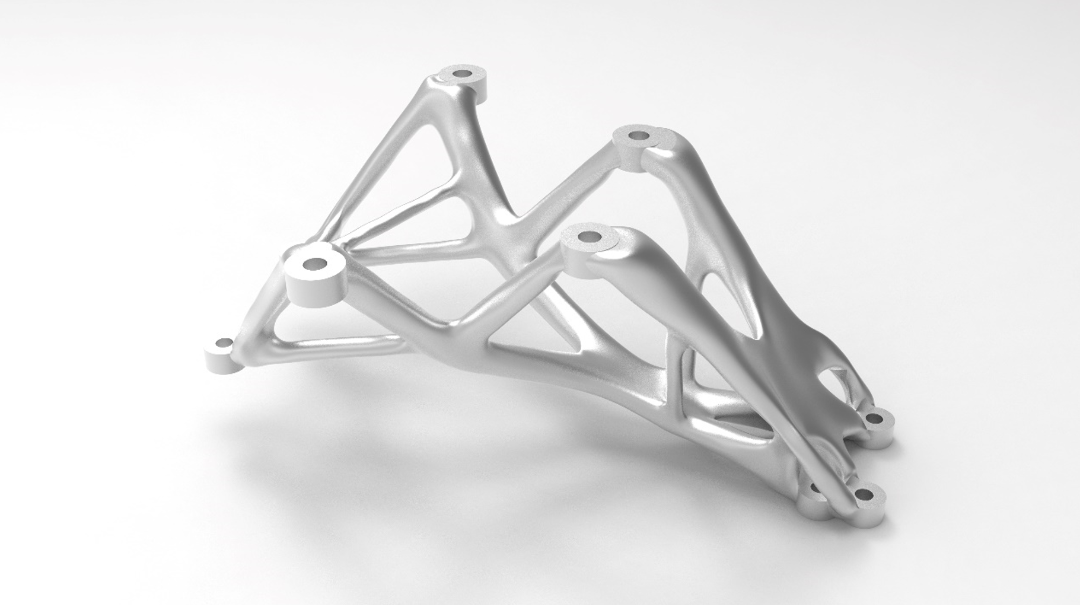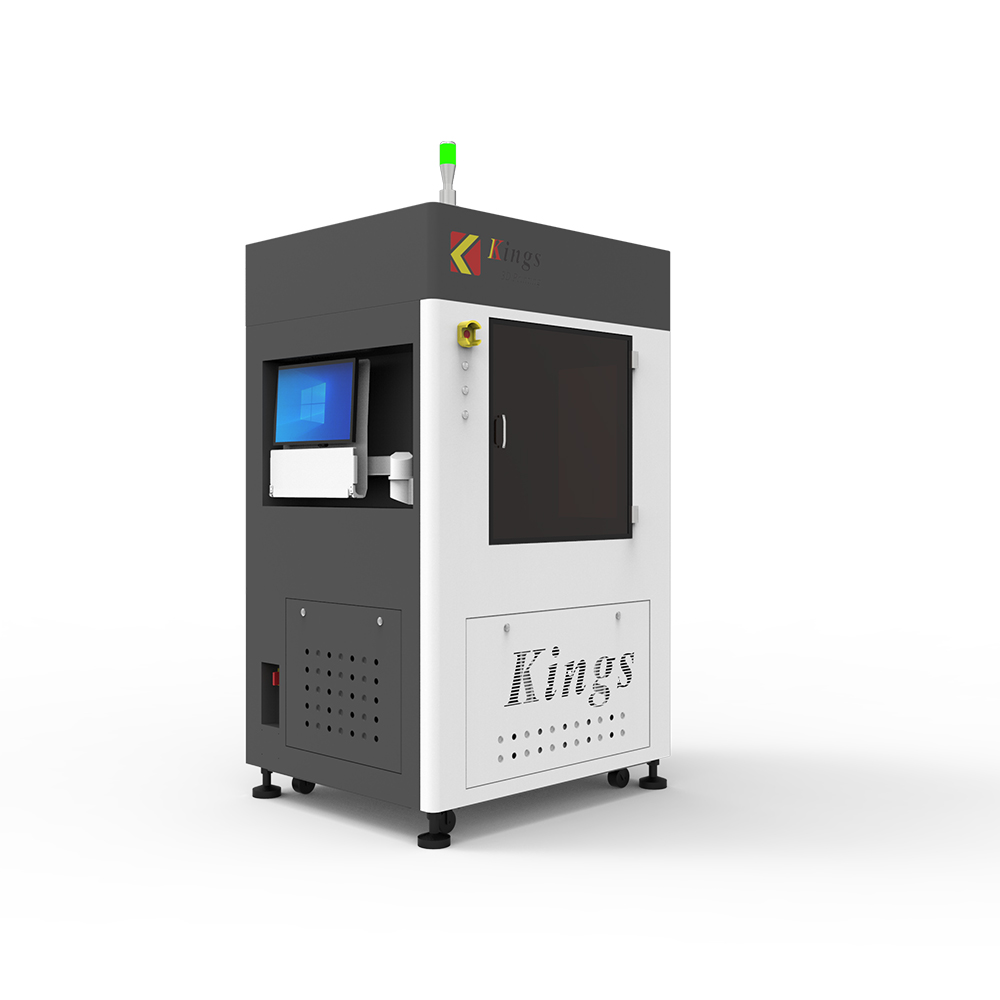As one of the pioneers in formula racing among Chinese universities, the South China University of Technology Formula Racing Team has consistently achieved excellent results in the "Formula Student China" (FSC) competition, including multiple overall championships, individual championships, and other awards. Additionally, the team has represented China in international competitions such as the "Formula SAE Japan" (FSAE Japan) and performed remarkably well in these events.
Keywords: 3D Printing in Motorsports, 3D Printed Car Parts, Formula Racing 3D Printing, Racing Team 3D Solutions, SLS 3D Printing for Cars, FDM 3D Printing in Racing, Kings 3D Printing, 3D Printed Automotive Components, Additive Manufacturing in Racing, Nylon 3D Printing for Racing Teams
1.
(South China University of Technology Formula Racing Team)
In formula racing competitions, achieving outstanding results relies heavily on lightweight design, structural optimization, and material performance, all of which are crucial factors. 3D printing technology is the key means to realizing these goals. Through 3D printing, the team can rapidly manufacture complex components, optimize structures, reduce vehicle weight, and enhance strength. Additionally, it accelerates design iterations, optimizes aerodynamic performance, allows for the selection of superior materials, and comprehensively improves the overall performance of the race car.

(South China University of Technology Formula Racing Car)
For this reason, the South China University of Technology Formula Racing Team has been actively seeking partnerships with powerful 3D printing companies to enhance the modification and performance of their race cars. As a result, Kings 3D became the team’s sponsor this season, providing comprehensive support with metal 3D printing technology to help the team achieve their racing dreams. With Kings 3D's industrial-grade 3D printing solutions, the team can efficiently process complex designs, and with the high-precision, high-efficiency printing process, significantly accelerate the development of new cars, injecting strong technological innovation into the competition. Currently, Kings 3D has established extensive cooperation with the South China University Racing Team, utilizing metal 3D printing technology to assist in improving key systems such as aerodynamics, cooling, steering, and suspension, providing strong support for the overall performance enhancement of the car.
The application of 3D printing in racing:
1. 3D-printed aerodynamic systems

(E41 Racing Aerodynamic Kit)
In race car design, wing ribs are critical aerodynamic components, where weight reduction and the strength of their connection to the car body are crucial. These goals are typically achieved through innovative designs of wing spars and wing ribs. These parts are usually laser-cut from sheet metal, with large hollowed-out areas incorporated into the design.

(Main Wing Rib of the Diffuser)
However, traditional laser cutting technology has significant limitations when processing complex wing ribs that need to fit perfectly with the curved surfaces of the car body. Metal 3D printing technology overcomes this bottleneck by not only enabling the production of wing ribs with complex curves and optimized structures but also significantly improving their fit with the car body, ensuring the overall strength and stability of the wing assembly.

(3D Printed Racing Wing Endplates)
2. 3D Printed Cooling System

(Motor Cooling Water Jacket)
In the racing cooling system, metal 3D printing technology is applied to the manufacturing of motor-cooling water jackets. By precisely designing the internal water channels, heat transfer efficiency is improved, ensuring that the motor maintains a reasonable temperature in intense racing environments, thus achieving efficient and stable performance output.
3. 3D Printed Steering System

(Derivative Steering Bracket)
In the steering system, the bracket is a core component that must withstand high bending moments and have a large span, making its optimized design crucial. By combining generative design with 3D printing technology, the spatial structure of the bracket is optimized, achieving maximum weight reduction while meeting strength requirements. This design not only effectively improves the vehicle's handling but also makes a significant contribution to the overall lightweight of the car.

(University-Enterprise Collaboration, Joint Laboratory Establishment)
In fact, the collaboration between Kings 3D and South China University of Technology goes beyond this project. In recent years, under the leadership of Professor Yang Yongqiang, Chief Scientist of Kings 3D Group and a professor at the School of Mechanical and Automotive Engineering at South China University of Technology, Kings 3D Group, and the university have continuously deepened their industry-academia-research cooperation. Together, they have established several initiatives, including the "Kings 3D – South China University of Technology Additive Manufacturing Joint Laboratory," the "Kings Additive Manufacturing Research Institute," and the "Guangdong Provincial Graduate Demonstration Base." Professor Yang and his research team have made significant breakthroughs in metal 3D printing, earning honors such as the Guangdong Provincial Science and Technology Progress Award (Second Prize), the Guangdong Annual Famous High-tech Product Award, and the Beijing Science and Technology Award (Second Prize for Technological Invention).
If you are interested in more, please contact us here!



























